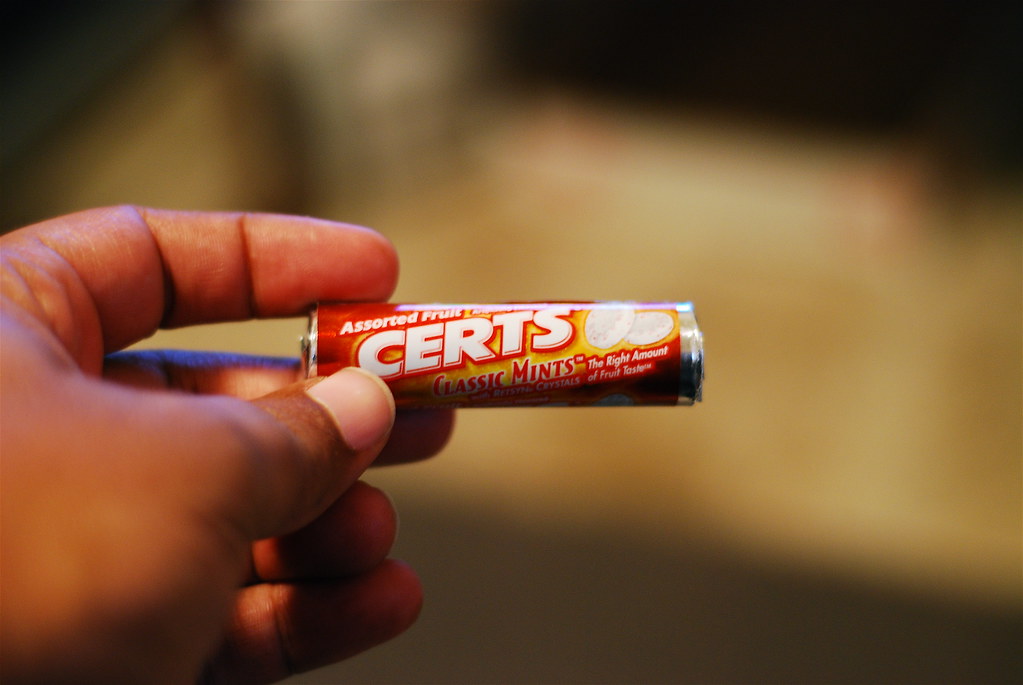.NET Full Framework: Build, Test, and Deploy Using Cake and AppVeyor
At Ritter Insurance Marketing we have a number of repositories, each with separate continuous integration builds.
This is a base setup for building and publishing .NET full framework applications and packages. This primarily targets ASP.NET full framework applications and custom NuGet packages, but could potentially be modified or extended to support other items.
Sure, some projects might differ from the base setup temporarily or permanently, but this is a good starting point for setting up something new.
The setup involves these files in the repository root:
build.cmd
A simple wrapper for build.ps1 (for anyone not running PowerShell):
@echo off
powershell ./build.ps1
build.ps1
See https://cakebuild.net/docs/tutorials/setting-up-a-new-project#windows for creating this file in the repository.
build.cake
This is an example Cake build script. It builds for the correct environment, runs xUnit.net tests, and creates artifacts to deploy.
The deployment configuration for each environments is configured as an AppVeyor environment deployment. See https://www.appveyor.com/docs/deployment/environment/ for some basic information about this.
#tool "nuget:?package=xunit.runner.console"
var target = Argument("target", "Default");
string configuration;
var appVeyorBranch = EnvironmentVariable("APPVEYOR_REPO_BRANCH");
switch (appVeyorBranch)
{
case "master":
configuration = "Release";
break;
case "development":
configuration = "QA";
break;
default:
configuration = "Release";
break;
}
var artifactsDir = Directory("./artifacts");
var solution = "./TheSolution.sln";
Task("Clean")
.Does(() =>
{
CleanDirectory(artifactsDir);
});
Task("Restore-NuGet-Packages")
.IsDependentOn("Clean")
.Does(() =>
{
NuGetRestore(solution);
});
Task("Build")
.IsDependentOn("Restore-NuGet-Packages")
.Does(() =>
{
MSBuild(solution, settings =>
settings.SetConfiguration(configuration)
.WithProperty("TreatWarningsAsErrors", "True")
.SetVerbosity(Verbosity.Minimal)
.AddFileLogger());
});
Task("Run-Tests")
.IsDependentOn("Build")
.Does(() =>
{
XUnit2("./tests/**/bin/" + configuration + "/*.Tests.dll", new XUnit2Settings
{
// If needed:
// Parallelism = ParallelismOption.None
// or similar.
});
});
Task("Package")
.IsDependentOn("Run-Tests")
.Does(() =>
{
MSBuild("src/Api/Api.csproj", settings =>
settings.SetConfiguration(configuration)
.WithProperty("TreatWarningsAsErrors", "True")
.SetVerbosity(Verbosity.Minimal)
.WithTarget("Package")
.WithProperty("PackageLocation", Directory("../..") + artifactsDir));
NuGetPack("./src/Client/Client.csproj", new NuGetPackSettings
{
OutputDirectory = artifactsDir,
Properties = new Dictionary<string, string>
{
{ "Configuration", configuration }
}
});
});
Task("Default")
.IsDependentOn("Package");
RunTarget(target);
appveyor.yml
This is what AppVeyor, our continous integration service, uses when it builds the solution. A build could be triggered to validate a pull request or after a merge. Some builds of specific branches can also result in deployments happening (if the build succeeds), like master and development.
image: Visual Studio 2017
cache:
- packages -> **\packages.config, nuget.config
- tools -> build.cake, build.ps1
install:
- choco install gitversion.portable -pre -y
before_build:
- ps: gitversion $env:APPVEYOR_BUILD_FOLDER /l console /output buildserver /updateAssemblyInfo /nofetch /b $env:APPVEYOR_REPO_BRANCH
build_script:
- ps: ./build.ps1
test: off
artifacts:
- path: ./msbuild.log
- path: ./artifacts/*.nupkg
- path: ./artifacts/Api.zip
name: WebPackage
type: WebDeployPackage
deploy:
- provider: Environment
name: Azure Websites (Production)
artifact: WebPackage
app_name: example-application
app_password:
secure: secure_app_password_here
on:
branch: master
- provider: Environment
name: Azure Websites
artifact: WebPackage
app_name: example-application-qa
app_password:
secure: secure_app_password_here
on:
branch: development
- provider: Environment
name: MyGet
on:
branch: master
.gitignore
Lastly, you’ll want to ignore directories created by build.cake by adding these lines to .gitignore:
artifacts/
tools/
In closing
Feel free to copy and adapt this for your next project. If you have any suggested improvements let us know in the comments!



